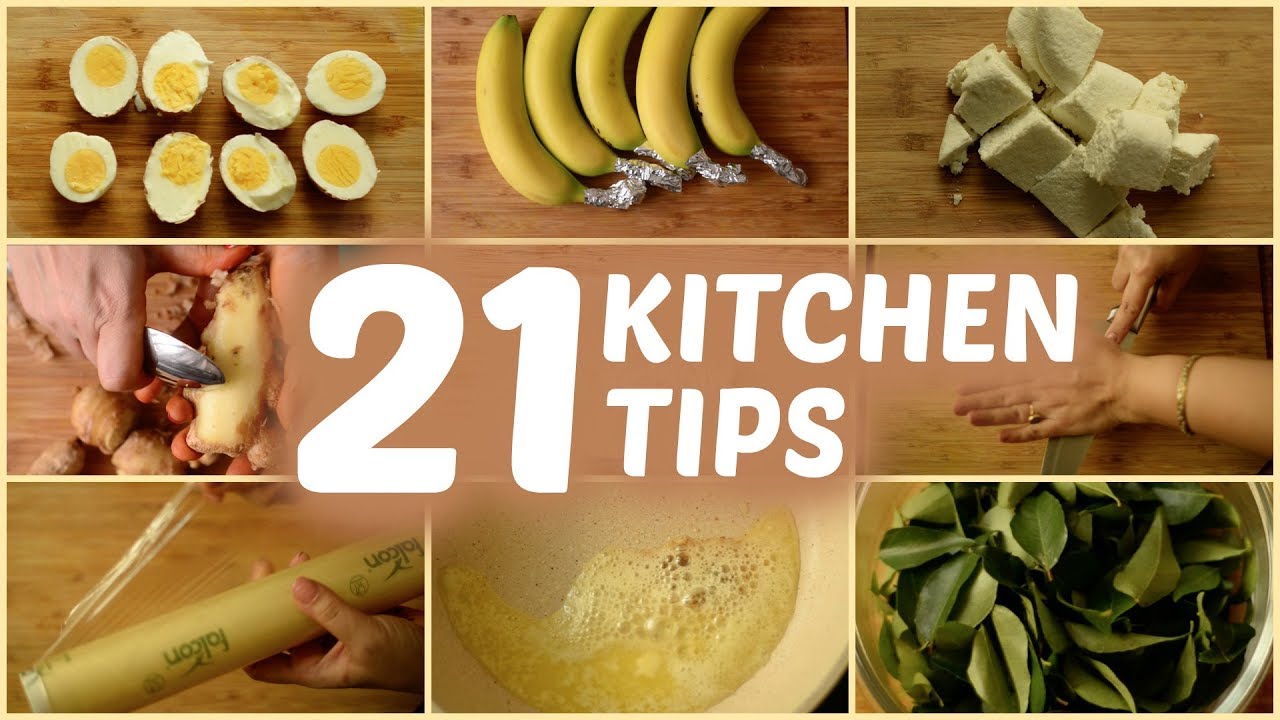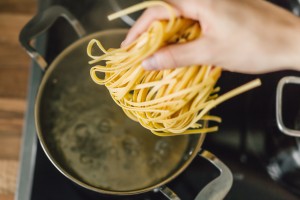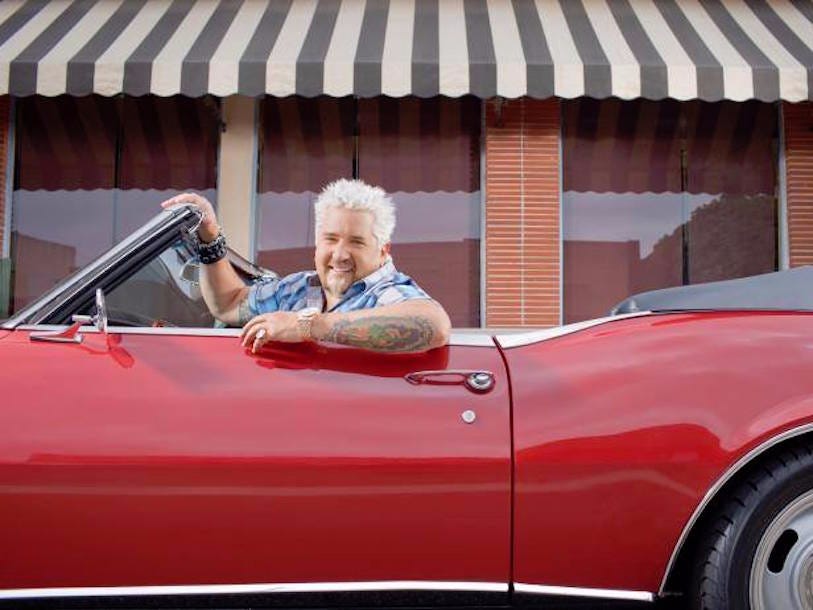
If you are passionate about cooking, then you have probably tried to learn advanced cooking techniques. French and Chinese cooking techniques are well-known. What about Japanese and Chinese techniques? You will want to know the best poaching and steaming techniques. These methods are easy to master and you can read on to find out more. These techniques can be applied to everyday cooking. These cooking techniques can be applied to your everyday cooking. Keep an eye out for cookbooks with detailed instructions.
French cooking techniques
The foundation of French cooking lies in traditional methods. French chefs are well-known for placing everything in its right place and cooking slowly at low temperatures. Confit is a method of slow cooking various foods in fat at low heat. They also often use alcohol to make sauces. Flambeing is typically used for desserts. However, the alcohol can be poured over food while it's still cooking to enhance its flavor.
Chinese cooking techniques
You can make Chinese food more delicious by using complex techniques. Stir-frying is one such technique. This involves heating oil in an open wok. Stirring the food quickly and thoroughly until it attains the desired texture is key to achieving the desired flavor and aroma. This is the best method for small ingredients like noodles and vegetables. Chinese cuisine can also be prepared using other cooking techniques to produce different results to stir-frying.

French technique of steaming
Steaming is a cooking method that creates a steady flow of hot air around food, retaining all of its nutrients without adding any additional fat. Because steam has more heat that boiling water, it's gentle and ideal for delicate foods. Steam cooks fast and doesn't lose nutrients or color. This method is a delight for fruits and vegetables, as the French are long-standing masters.
Poaching is a Japanese method
The Japanese have perfected slow cooking fish. Poaching is becoming increasingly popular around the world. This involves vacuum-sealing the food in a bag and slowly heating it at low temperature. This technique creates uniform texture while removing aromatics. It also has health benefits. Here's how you can poach salmon Japanese style.
Vietnamese technique for boiling
Boiling rice is an easy and effective method to cook rice in Vietnam. The method is based on steaming food in bamboo or metal trays. This method preserves the nutrients and eliminates oil. It can be used in the preparation of seafood and sticky. It is particularly beneficial to the vulnerable population in developing countries who are heavily dependent on water sources that are not yet improved. A few precautions are required, though.

FAQ
Is there any difference between a chef or a cook.
A chef prepares meals for others. A cook prepares the food for oneself. While both jobs involve the preparation of food, a chef interacts directly with his customers. They may need to make decisions about what they will serve to their guests based upon their preferences. A cook doesn't need to interact with clients. Instead, he or she ensures that the food tastes good before serving it to anyone.
How do I motivate to cook?
When you cook with your family and friends, cooking is enjoyable. Cooking for your own family is much easier than making meals for others. You can be inspired to cook if you try something new. This will help you learn about new techniques and ingredients. Additionally, you can learn about new ingredients and techniques by incorporating recipes from different cultures into your cooking.
What can I learn about cooking?
You can find cooking classes all across the country. Many schools offer courses on baking, pastry, or wine tasting. A local community college, vocational school, or private institution can offer classes in cooking.
Who is the best path to a career in chef work? How do I get started as a chef?
Apprenticeships are a great way to get started if you want to become a chef. Apprenticeships let you work for many years and pay no tuition fees. After your apprenticeship, you may apply for a role as a sous chef. Sous chefs work with cooks to prepare dishes and supervise them. They oversee all aspects of the restaurant's operation.
What does it take to become a chef in the United States? What Is the Average Career Path?
The average time it takes to become a chef is five years. In this period, you will learn basic cooking skills and experience as a kitchen assistant. After your training is complete, you will be eligible to apply for a job as a sous chef, executive chef, or line cook. The salary range for a chef is between $25,000 to $60,000 per annum.
What are the benefits of using a slow cooker?
Slow Cookers are very useful because they allow you to prepare delicious meals without wasting time. Slow cooker recipes are more healthy than traditional dishes because they use less oil. Slow cooker recipes are also convenient as they can take care of themselves while your sleep.
What does a culinary program cost?
Culinary school costs vary depending on where you go, how long you study, and what program you choose. Tuition costs range from $10,000 to $30,000. The average student graduates with $20,000 in debt. However, some programs offer scholarships, grants, and work-study opportunities.
Statistics
- under 10 Kids have been taught that there is special food just for them, and Fiese says that 10 percent of kids will throw a tantrum if they don't get the food they want. (washingtonpost.com)
- You'll be amazed that over 90% of CIA students receive scholarships and grants to finish their culinary studies. (ischoolconnect.com)
- The median pay for a chef or head cook is $53,380 per year or $25.66/hour, according to the U.S. Bureau of Labor Statistics (BLS). (learnhowtobecome.org)
External Links
How To
How to cook a Steak
The type of meat you are cooking will determine the right method to use. For example, thinner steaks are best cooked over low heat, while thicker ones need higher temperatures.
Don't overcook them as they will lose flavor. Don't forget to take the steak out of the pan once it's finished. This will ensure that you don't burn your self.
The size and desired doneness of the steak will affect the cooking time. Here are some general guidelines.
Medium Rare: Cook until medium-rare, which is when the internal temperature reaches at least 145degF (63degC). This takes between 3 and 5 minutes per side.
Medium: Cook the meat until it reaches 160°F (71°C). This usually takes only 6 minutes per side.
You are done when the internal temperatures reach 180°F (82°C). This can take between 8-12 minutes per side.